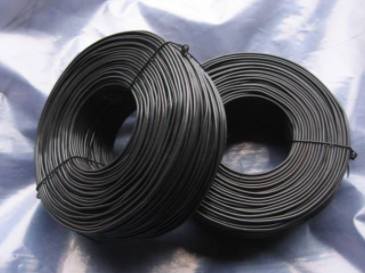Understanding Drywall Screw Specifications
When it comes to construction and home improvement projects, selecting the right fasteners is crucial to ensure structural integrity and aesthetic appeal. Among the various types of fasteners available, drywall screws play a significant role in the installation of drywall sheets—one of the most common materials used for interior walls and ceilings. Understanding drywall screw specifications can greatly enhance the efficiency and quality of your drywall installation.
Types of Drywall Screws
Drywall screws come in different types, primarily categorized based on their thread design and head style. The two main types are coarse-thread screws and fine-thread screws. Coarse-thread screws are generally used for attaching drywall to wood studs, while fine-thread screws are preferred when securing drywall to metal studs. The thread design affects how the screw will grip the drywall and underlying material, impacting both installation ease and stability.
Specifications of Drywall Screws
1. Length The length of drywall screws typically ranges from 1 inch to 3 inches. The choice of length depends on the thickness of the drywall and the material to which it is being attached. For standard ½ inch drywall, a 1-5/8 inch screw is commonly used when fastening to wood. For thinner drywall, such as ¼ inch, a shorter screw is appropriate.
2. Diameter Drywall screws generally have a diameter of 6 to 10. The diameter affects the screw's holding power; larger screws often provide a stronger grip. However, it is essential to strike a balance to avoid damaging the drywall during installation.
3. Thread The thread count and spacing contribute significantly to the holding strength of a drywall screw. Coarse-thread screws have deeper threads spaced further apart, which provide better grip in wood. In contrast, fine-thread screws have tighter threads that work well with metal studs. Selecting the proper thread type is crucial for optimal performance.
drywall screw specs

4. Head Style Drywall screws come with different head styles, including bugle head, flat head, and pan head. Bugle heads are most commonly used because they allow for a smooth surface finish when the screw is driven into the drywall. Flat heads are sometimes used for a flush finish, but they require more care to ensure they do not break through the paper surface of the drywall.
5. Material and Coating Most drywall screws are made from steel and can be coated to prevent rust. Common coatings include phosphate, zinc, and polymer. A properly coated screw is essential for preventing corrosion, especially in humid environments.
6. Drive Type The type of drive on drywall screws can vary, affecting how easily they can be installed. Common drive types include Phillips, square, and slotted. Phillips drives are popular due to their self-centering characteristic, which can prevent slipping during installation.
Installation Considerations
When installing drywall, proper screw placement is as important as selecting the right screws. Screws should typically be spaced 12 to 16 inches apart along the edges and about 16 inches apart in the field of the board. Avoid over-tightening, which can lead to paper tearing or 'mushrooming' of the drywall surface. A drywall screw gun or automatic screw gun can facilitate faster and more consistent installations, making the process more efficient.
Conclusion
Understanding drywall screw specifications is essential for anyone involved in building or renovating. By selecting the correct type, length, diameter, thread style, head type, and coating, you can ensure a successful drywall installation that stands the test of time. With the right tools and knowledge, you can achieve a professional-looking finish, enhancing both the functionality and aesthetics of your space. So, the next time you embark on a drywall project, remember that the right screws are just as important as the drywall itself.

















